The Orkney Islands overflow with the richest and most interesting history you’ll find anywhere in the United Kingdom, if not the world. The Heart of Neolithic Orkney UNESCO World Heritage site brings ancient history far older than the Pyramids at Giza into the present, and there are sites around the archipelago that catalogue the subsequent millennia and cultures that settled these northern isles. One of my favorite examples of later period sites on Orkney is the Broch of Gurness, one of the most impressive Iron Age brochs anywhere.
On first blush it seems strange that ancient peoples lived in such a relatively unforgiving environment, but a lot can happen in 5,000 years (the historical record may go back even farther). In fact, the climate may have been quite a bit warmer when places like Skara Brae were founded. Perhaps a thing as drastic as a climatic shift is to thank for the preservation of these sites. People, wherever they live in the world, have a tendency to build over previous sites, and the historical volume of people living on the Orkney Islands is surely lower than in more temperate places. What remains is an obvious and accessible historical record of these beguiling islands.
The Broch of Gurness is often first in line for a visit after Skara Brae, the Ring of Brodgar, and Maeshowe. It stands on a little headland in Orkney’s northeast Mainland just a stone’s throw from Evie. The broch overlooks the turbulent waters of Eynhallow Sound with clear views of the island of Rousay with its cadre of brochs, Midhowe Broch prime among them. At least 11 brochs line the shores of Eynhallow Sound, a sure sign this was a thriving region 2,000 years ago.
A small building houses the Broch of Gurness’s visitor center, which contains a compact series of informational boards, Iron Age artifacts, souvenir books, and usually a friendly and talkative Historic Scotland employee. Recent scholarship on the topic of Iron Age settlements is leading to a revision of the exhibit at Gurness, so by the time you visit you may see the results of these exciting new developments.
Outside the weather was misty and spitting, but the Broch of Gurness is the type of place that excels in poor conditions. Until 1929, this site was just another one of Orkney’s nondescript low-lying hills called the Knowe o’ Aikerness. It was then that Orcadian poet Robert Rendall’s stool sunk through the turf and revealed a staircase leading into the mound. Can you imagine the feeling of discovery? Excavations carried out in the 1930s revealed a large broch surrounded by a number of collapsed buildings from a later era. One such building, known as the ‘Shamrock,’ possessed a central hearth with four small chambers radiating outward. This structure, which was probably a Pictish or late Iron Age farm, was the best preserved of the lot and carefully removed and rebuilt to allow further excavations of the broch (shown below).
The layers of history are evident. Who were the people before the Picts, the ones who built the broch? And who were the people long before them who built Skara Brae and stood up the stones of Brodgar? And who were the people even before them for whom we have no knowledge or record? The Broch of Gurness invites you to ponder these questions as you circle around the broch between the ditches and dikes.
The eastern approach to the broch is stunning as the ancient foundation stones of later homes and farms spread around the hacked off stump of the central broch. It’s believed the broch would have stood 30 feet tall during its occupation and been surrounded by defensive walls. A structure of that size would have been an immense display of power and influence. Even to later peoples, perhaps as the skills and techniques required to build such a structure began to fade, the broch would’ve been awe-inspiring.
Drifting through the bleached and lichen-spotted field of stones leads you to the broch’s entrance with its massive lintel stone still in place. The interior of the broch holds a central hearth, circle of cupboards, and cubicle-like rooms. There’s evidence that the broch began to collapse a century after its creation, and work was undertaken to fortify the structure and add a new staircase. It’s a bit difficult to visualize what life in the broch must have been like since, despite the presence of these amazing foundation stones, many of the stones from the upper reaches of the structures have been removed. Yet the informational boards scattered around the site do an excellent job interpreting the archaeological evidence.
There have been some very cool finds at the Broch of Gurness. Pieces of a Roman amphora dating from 60 AD lead some to believe that the king of Orkney swore fealty to Emperor Claudius, but for some it simply shows the scope of Orcadian trade. Finds from the Viking Age show that women and men were buried here. History layers upon history. Why? Is it as simple and mundane as this span of headland is the best place to build a settlement, or is it something else, something religious, spiritual, or mystical?
The Broch of Gurness is one of my favorite sites on Orkney. It’s easy to reach from Kirkwall and Stromness and less busy than Orkney’s premier sites. Take your time here, wander the lanes and ditches, and keep your eyes peeled for seals. They’ve been here for eons. Perhaps they hold the answers.

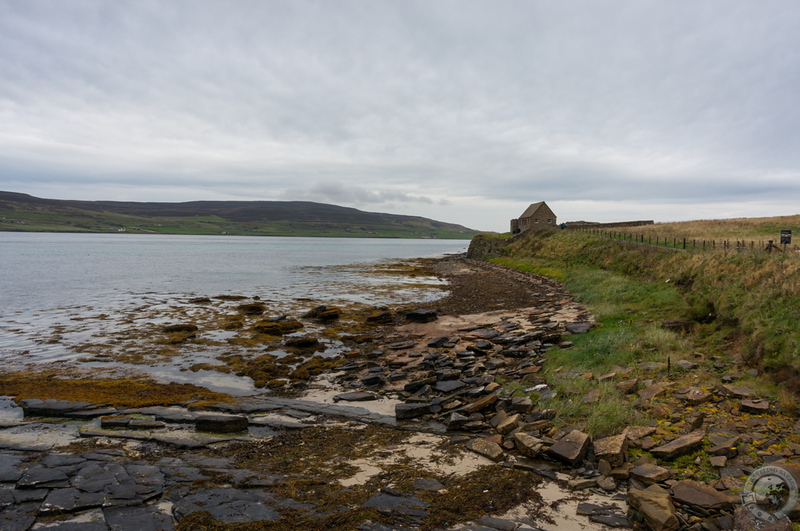
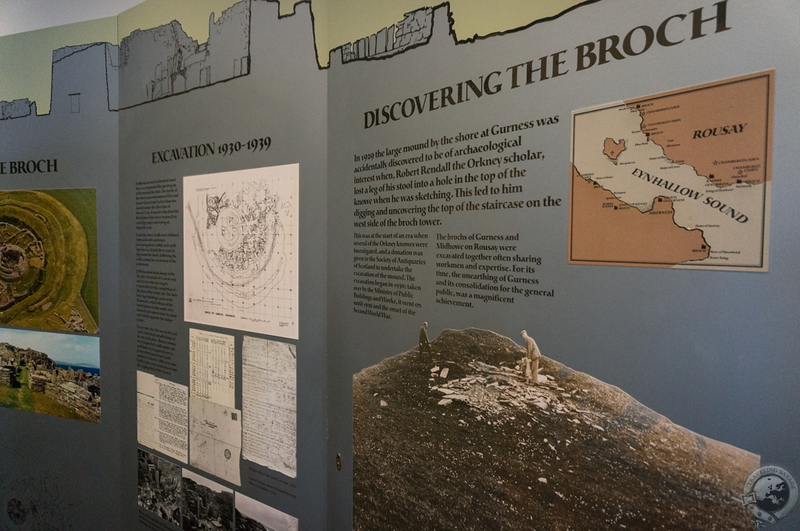
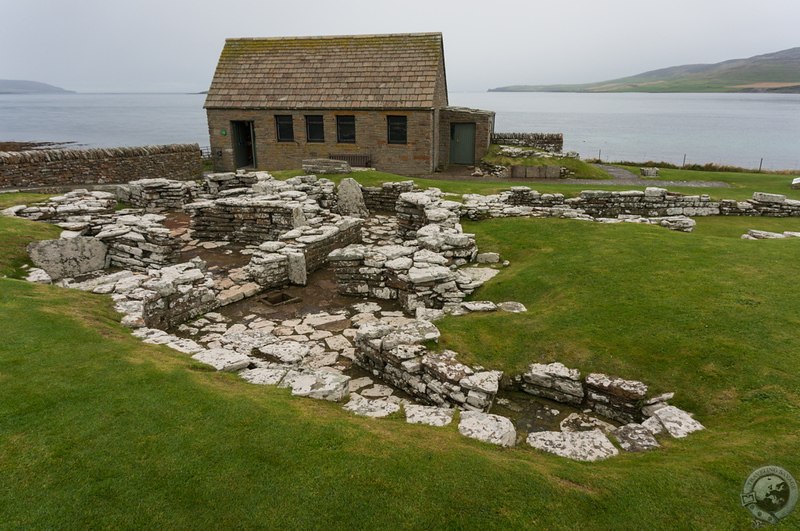
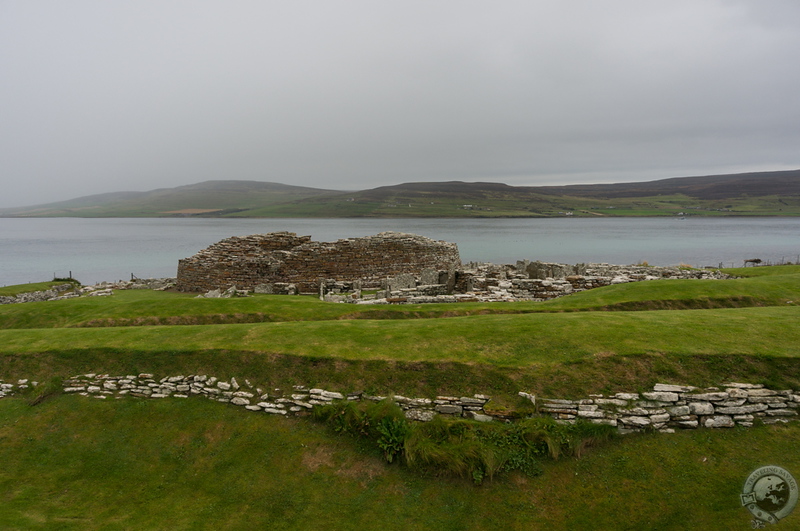
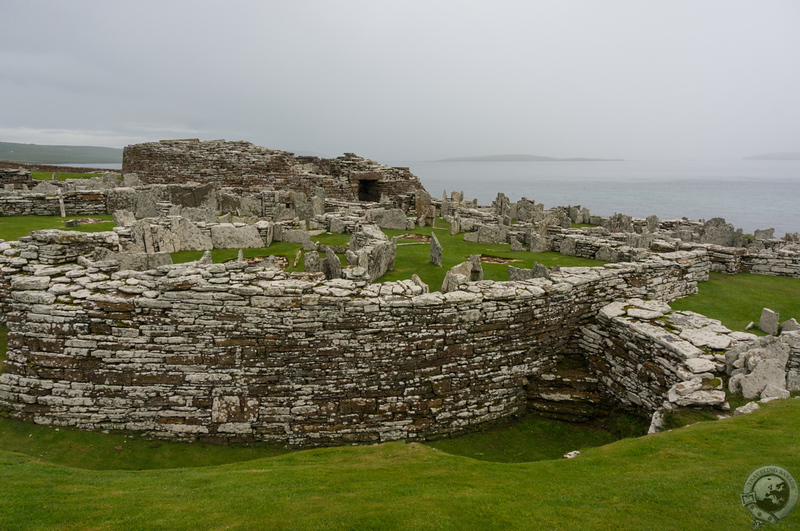
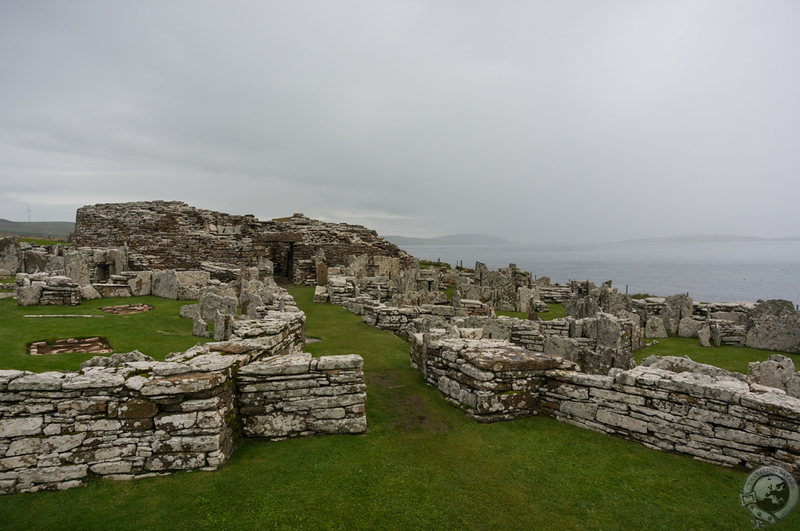
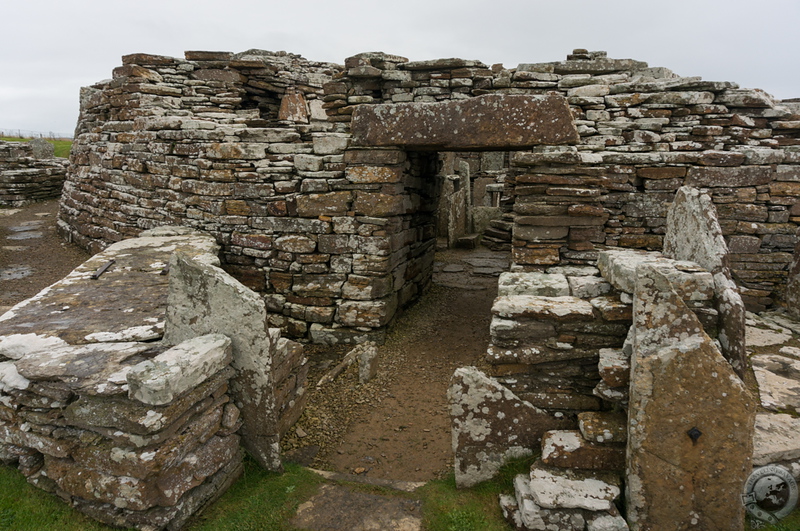
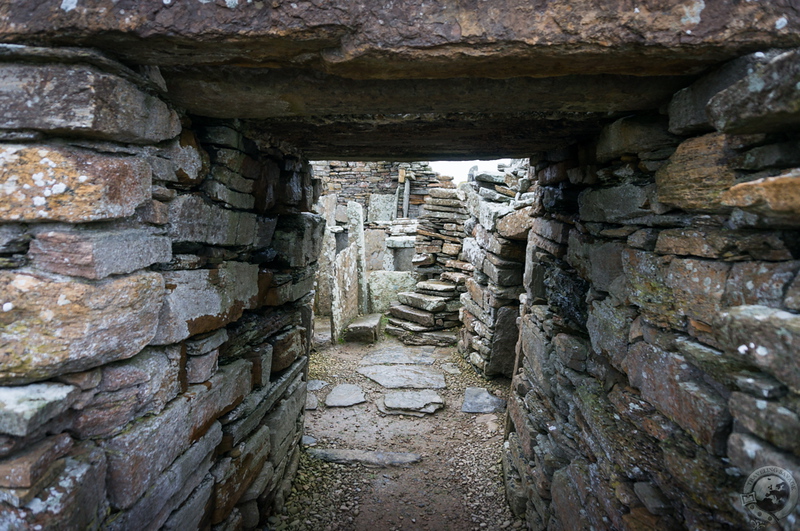
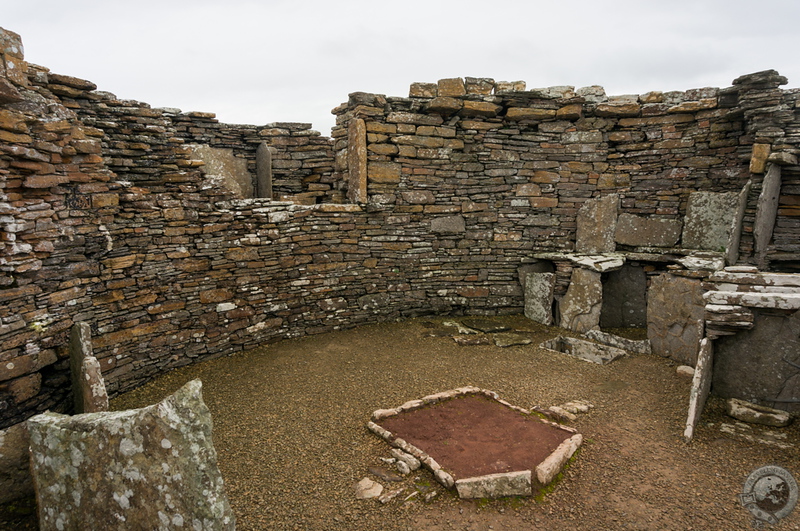
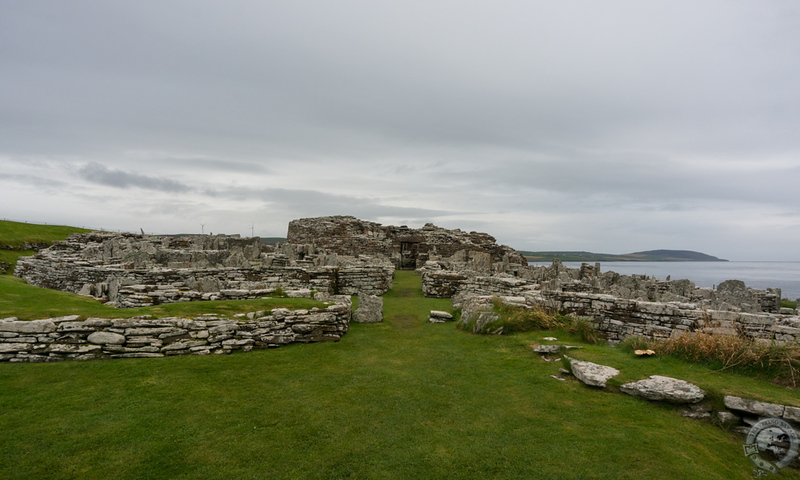
Stunning photos, interesting information! My husband and I just booked our September Scotland trip today to celebrate 15 years of marriage. Look for a request for an itinerary review soon. We’ve followed you for a couple years and think there’s no better person than you to help us experience Scotland the way we want. ?
Great idea for an anniversary trip, Autumn! I’ll look forward to helping you perfect the itinerary.